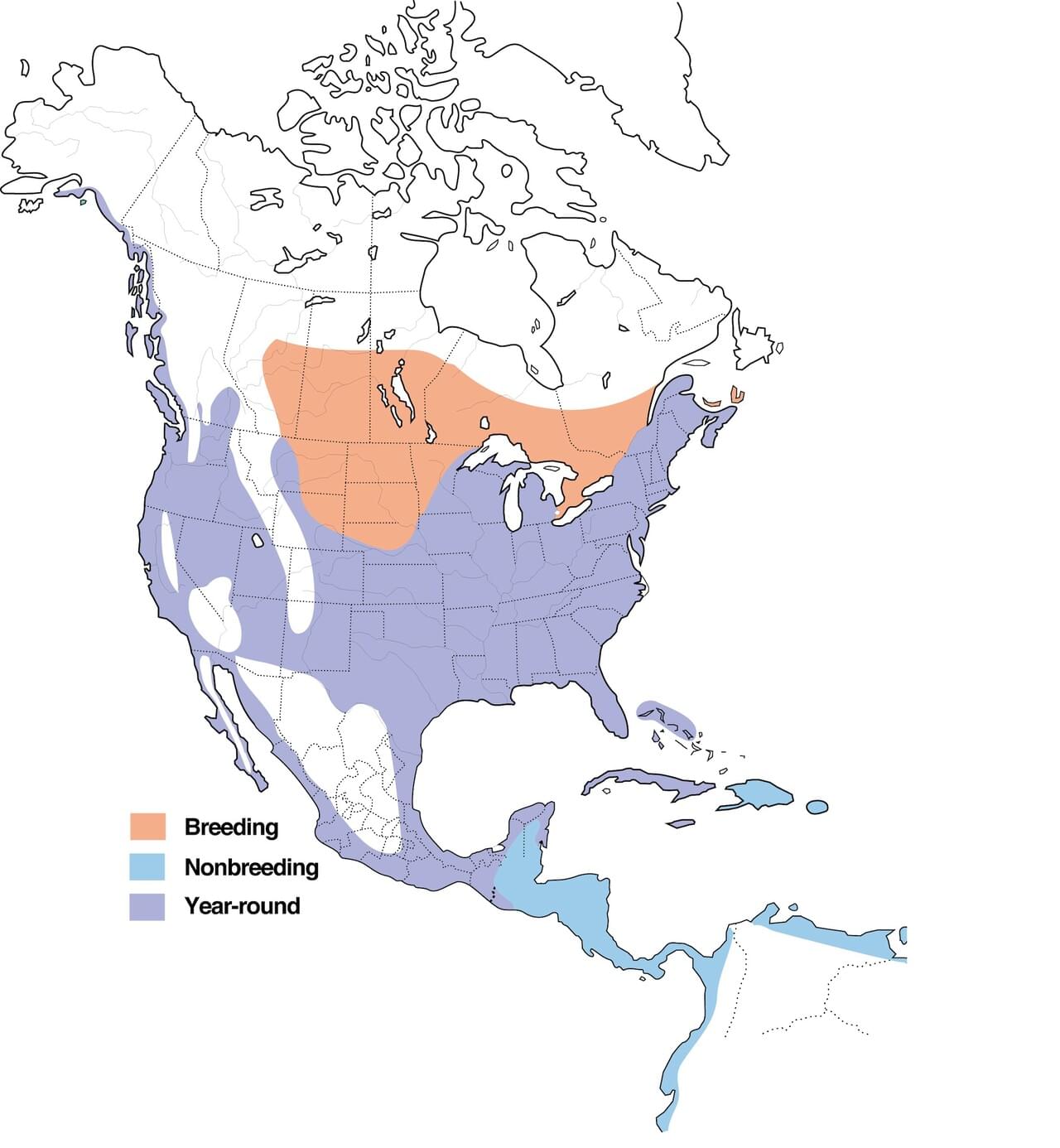Great Blue Heron – Bird Art Print on Wood
$48.00 – $55.00
About the Bird Art:
- Archival pigment giclée print mounted on a cradled wood block and coated with a UV resistant protectant to prevent fading.
- Each block is signed, titled, and numbered on the back.
- Ready to hang from a sawtooth hanger attached to the back.
- Watermarks will not appear on print. Color may vary (based on your monitor settings).
- Available sizes: 4″x4″ | 6″x6″
See more below.
This listing is for a limited edition, fine art print of my original painting of a Great Blue Heron called, “I’ve Never Been Fun”
Once upon a time, I was down wandering around the Berkeley Marina. I saw a Great Blue Heron walking along a grassy hillside. It paused, stared intently at the ground, and then quickly plunged its beak into the grass. A moment later, there was a gopher caught in its beak. I had no idea herons could eat gophers. It was an interesting lesson for me, as well as the gopher, I imagine.
See the painting come together
About the Great Blue Heron
from AllAboutBirds.org:
Cool Facts
- Despite their impressive size, Great Blue Herons weigh only 5 to 6 pounds thanks in part to their hollow bones—a feature all birds share.
- Great Blue Herons in the northeastern U.S. and southern Canada have benefited from the recovery of beaver populations, which have created a patchwork of swamps and meadows well-suited to foraging and nesting.
- Along the Pacific coast, it’s not unusual to see a Great Blue Heron poised atop a floating bed of kelp waiting for a meal to swim by.
- The white form of the Great Blue Heron, known as the “great white heron,” is found nearly exclusively in shallow marine waters along the coast of very southern Florida, the Yucatan Peninsula, and in the Caribbean. Where the dark and white forms overlap in Florida, intermediate birds known as “Wurdemann’s herons” can be found. They have the body of a Great Blue Heron, but the white head and neck of the great white heron.
- Great Blue Herons have specialized feathers on their chest that continually grow and fray. The herons comb this “powder down” with a fringed claw on their middle toes, using the down like a washcloth to remove fish slime and other oils from their feathers as they preen. Applying the powder to their underparts protects their feathers against the slime and oils of swamps.
- Great Blue Herons can hunt day and night thanks to a high percentage of rod-type photoreceptors in their eyes that improve their night vision.
- Great Blue Herons congregate at fish hatcheries, creating potential problems for the fish farmers. A study found that herons ate mostly diseased fish that would have died shortly anyway. Sick fish spent more time near the surface of the water where they were more vulnerable to the herons.
- The oldest recorded Great Blue Heron was found in Texas when it was at least 24 years, 6 months old.
- Thanks to specially shaped neck vertebrae, Great Blue Herons can quickly strike prey at a distance.
Range Map of the Great Blue Heron
 Range map provided by Birds of North America
Range map provided by Birds of North America
| Bird Art | 4" x 4", 6" x 6" |
|---|
You must be logged in to post a review.




Reviews
There are no reviews yet.